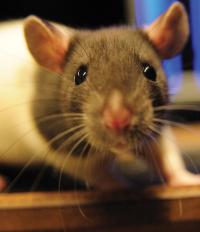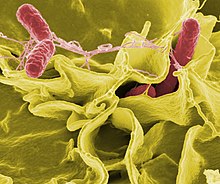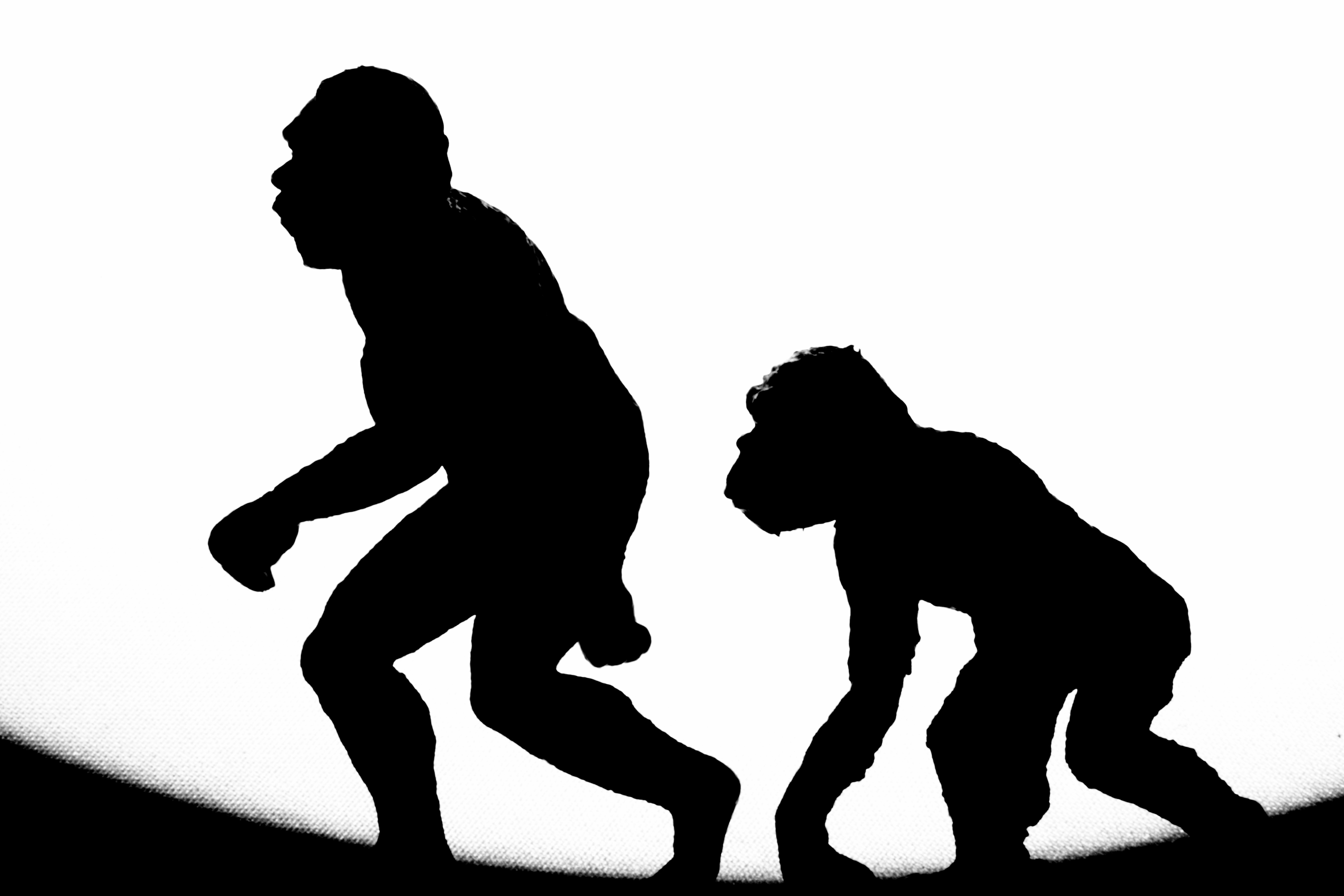A new study done by the Laboratory of Behavioral Ecology and
Evolution at Seoul National University in South Korea has found that a bee’s
buzz could be one factor that helps them invade and steal bird nests. Their
buzz had been used previously as a warning to their predators against hunting
them, as their sting could be potentially harmful. In this study, however, Piotr
Jablonski and his team found that not only does the sound of this buzz warn the
birds not to attack the bees; it also prompts them to leave their nests.
First, they wanted to see if the bees would try to take over
the bird nests, so they created multiple nest boxes that were soon inhabited by
birds. When they checked the boxes, they found that up to twenty-one percent of
the boxes had been taken over by bees, while the boxes without bird nests had
been left untouched. They then decided to test the effect the bee’s buzz on
incubating birds. To do this, they placed a speaker under the layers of moss
inside the nest box and played the sound of the buzz. They then waited for the
birds to arrive, and observed their reaction with a small camera inside the
box. They found that the sound of the bumblebee buzz made them nervous, and
they often abandoned the nest. To provide a control, they played songs of
common birds, which left them with far less stress.
They concluded “that a warning signal, known to help deter
predatory attacks on a potentially harmful prey, may also help the prey to win
ecological competition with its predators."
 NOS Themes
NOS Themes
·
Science is collaborative
·
Science is based on evidence
·
Role of motivation and curiosity













